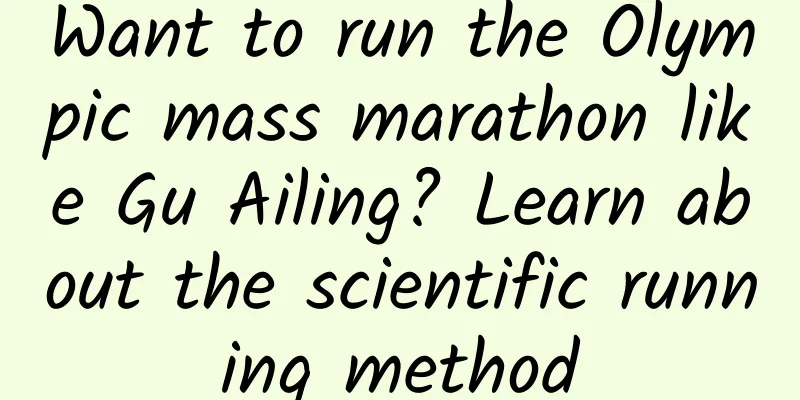What are the effects and functions of Tripterygium wilfordii?

|
There are many functions of Tripterygium wilfordii, the first of which is to regulate the liver. Generally, it can clear away heat and detoxify, as well as dispel wind and resolve phlegm, so its efficacy is still very good. In addition, the main function of Sanyeqing is to treat high fever convulsions, and it can even have a good effect on hepatitis diseases. The role of three leaves green: Effect on liver function: The rabbits in the control group were given tetrachlorofluorescein-I intravenously, and the radioactivity in the liver of the rabbits was measured at different times. The rabbits in the experimental group were first given Tripterygium wilfordii and then tetrachlorofluorescein-I, and then the measurement was performed. The results showed that the maximum absorption time of radioactivity in the liver area of the experimental group was 8 minutes earlier than that of the control group, the average maximum absorption percentage of radioactivity was 5 minutes higher than that of the control group, and the average duration of radiation in the liver area was 6 minutes longer than that of the control group. The time when radioactivity started to decrease was delayed by 14 minutes compared with the control group. From the above results, it can be preliminarily seen that Tripterygium wilfordii has the effect of strengthening liver function. The effects of Sanyeqing: Clears away heat and detoxifies, dispels wind and resolves phlegm, promotes blood circulation and relieves pain. Indications: diphtheria, high fever convulsions in children, dysentery, and hepatitis. For external use, it can be used to treat snake bites, tonsillitis, lymph node tuberculosis, cervicitis, cellulitis, and bruises. How to eat Sanyeqing: 1. High fever in children: 5 qian each of Tripterygium wilfordii root, Belamcanda chinensis, and Agrimoniae scabra, 2 qian of Pulsatilla chinensis, and 1 qian of Uncaria rhynchophylla. Take it in decoction, 1 dose per day. 2. Viral meningitis: 5 qian of Tripterygium wilfordii root (3 qian for children). Take it in decoction, 1 dose per day. 3. Chronic persistent hepatitis: Sanyeqing injection, 2-4 ml each time, intramuscularly, twice a day. A course of treatment is 20 to 40 days. 4. Cellulitis, tonsillitis, and lymph node tuberculosis: Grind the roots of Tripterygium wilfordii into a paste with wine and apply it to the affected area 2 to 3 times a day. 5. Sprains and bruises: Take appropriate amounts of Tripterygium wilfordii, Oxalis sorrel and Cyperus rotundus, mash them and heat them for external application. |
<<: What are the effects and functions of Tribulus terrestris?
>>: What are the effects and functions of tomorrow grass?
Recommend
Father's Day: Your name is my biggest goal
After graduation, Wang Wei's son, Prince, inh...
The first day of the Chinese New Year is here! Have you forgotten these things? Check them out
This article was reviewed by Shao Lin, a popular ...
Can moldy Cordyceps sinensis be eaten?
When it comes to Cordyceps sinensis, everyone kno...
Usage and efficacy of Gynostemma pentaphyllum
Gynostemma pentaphyllum is one of the most common...
Full driving experience with “no one behind the steering wheel”, how far is it from true autonomous driving?
Self-driving cars without drivers behind the stee...
Are water-heated blankets and zoned control just a waste of money? How to choose an electric blanket?
It's the season again when getting up require...
The efficacy and function of Yucao
There are so many medicinal herbs in the world, a...
World Osteoporosis Day丨“Brittle bones” are not just a problem for the elderly. How to prevent and treat osteoporosis?
Did you break your bones just by moving a flower ...
Stop saying it’s okay to be a little fat when you are a kid. Childhood obesity is likely to continue into adulthood!
Review expert: Shen Yingjian, Director of the Nut...
If your body sends you 4 signals, you should go for a digital rectal examination as soon as possible. Don’t be embarrassed!
Mr. Cao, 45 years old, has had light red blood on...
It quietly appeared on the ocean "stage" after the mass extinction. Its name contains "crocodile", but it is a close relative of ichthyosaurs!
Marine reptiles were very large in the Triassic p...
What are the benefits of eating Moringa seeds?
Moringa seeds are grown from the Moringa tree. Mo...
What are the effects of red Tongkat Ali?
There are many types of Tongkat Ali, including re...
Lin Qiaozhi's 120th birthday: The lifelong unmarried "mother of ten thousand babies"
Today marks the 120th birthday of Dr. Lin Qiaozhi...
What are the medicinal values of boy's urine?
Boy's urine refers to the urine of underage b...









